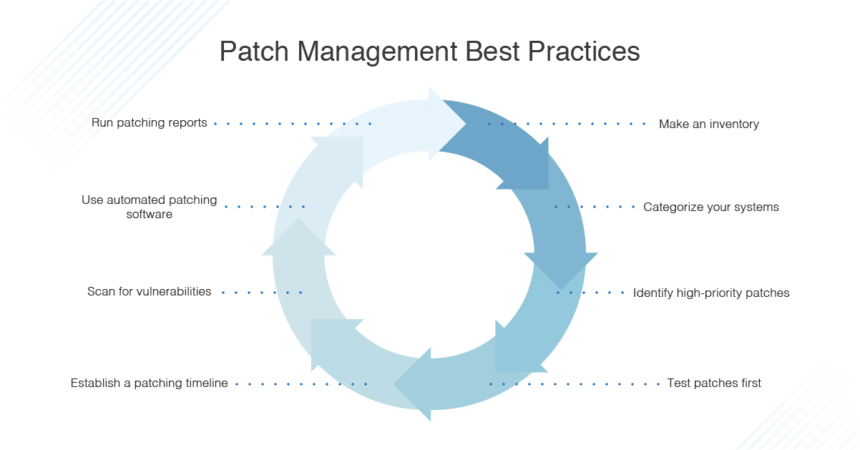Healthcare organizations nationwide remain focused on their IT security, as more and more cyberattacks wreak havoc across the industry. Within the last two years, nearly 50% of companies have experienced a data breach, and the severity of these attacks appear to be getting worse.
According to a recent survey conducted by Poneman Institute, healthcare and pharmaceutical companies are struggling to keep on top of patching. In fact, the survey uncovered the need for more effective vulnerability response stating that patch management is not being promptly conducted which is leaving organizations open to risk.
What is patch management?
Patch management is the process of repairing system vulnerabilities that involves acquiring, testing, and installing patches or upgrades for software applications and technologies.
Why is it so important?
Patching is necessary to ensure that proper preventive measures are taken against potential threats. This is important because as new software or operating systems are released, hackers immediately begin searching for vulnerabilities. Patches are released to fix issues or glitches in the system, make improvements, strengthen overall security, and protect against cyberthreats.
Patch management is a best practice towards keeping an organization’s data secure and avoiding costly cyberattacks. The Ponemon Institute provides five recommendations for avoiding risk:
- Take an unbiased inventory of vulnerability response capabilities.
- Accelerate time-to-benefit by tackling low-hanging fruit first.
- Break down data barriers between security and IT to regain lost time spent coordinating between the two.
- Define and optimize end-to-end vulnerability response processes and then automate as much as possible.
- Retain talent by focusing on culture and environment.
References:

Leave a Reply
You must be logged in to post a comment.